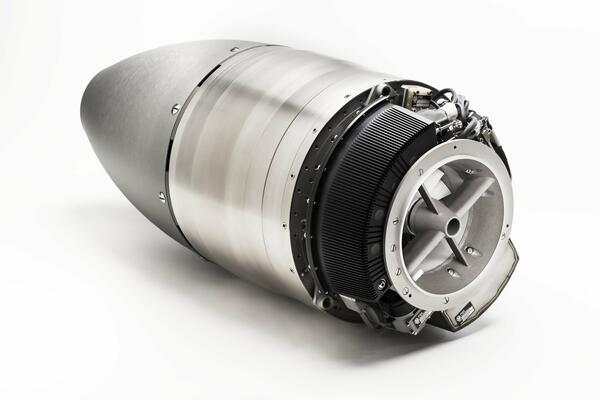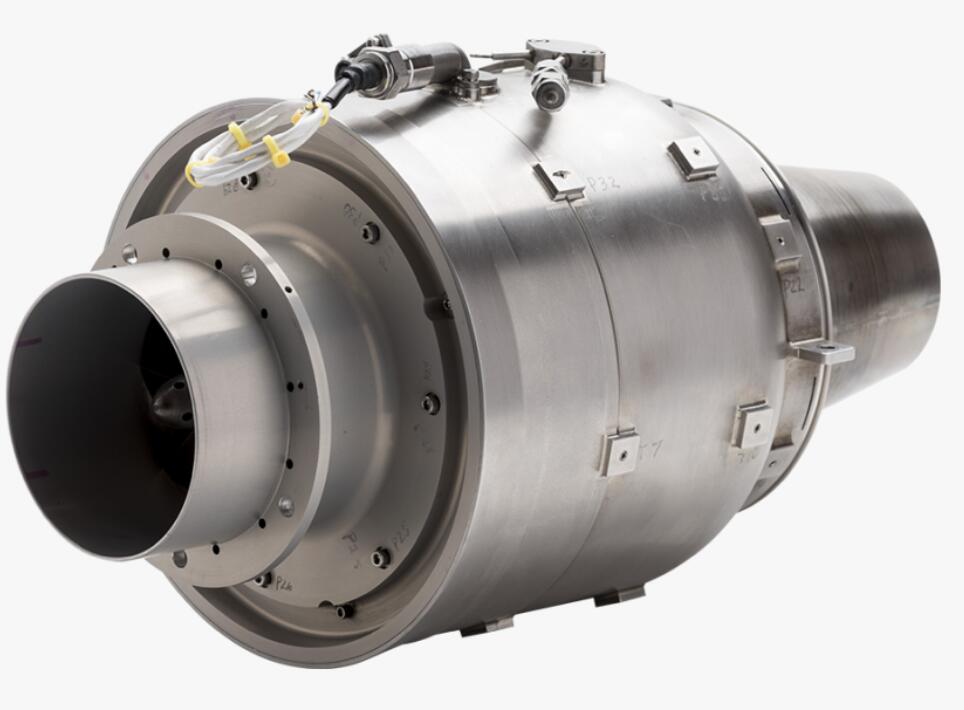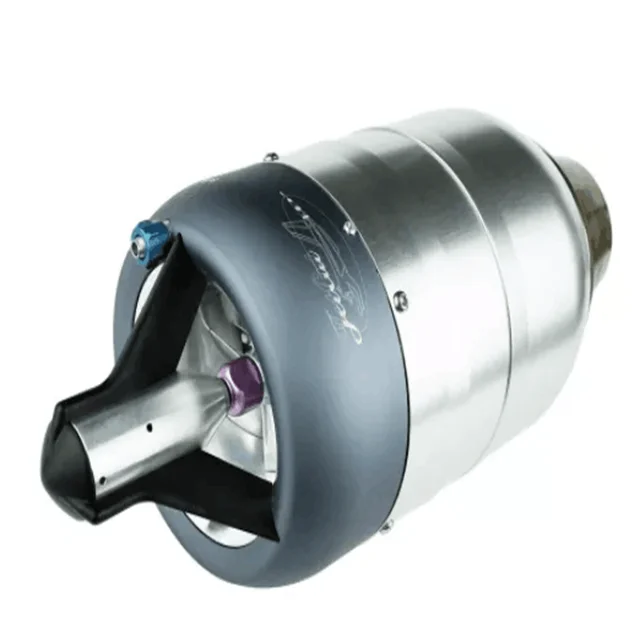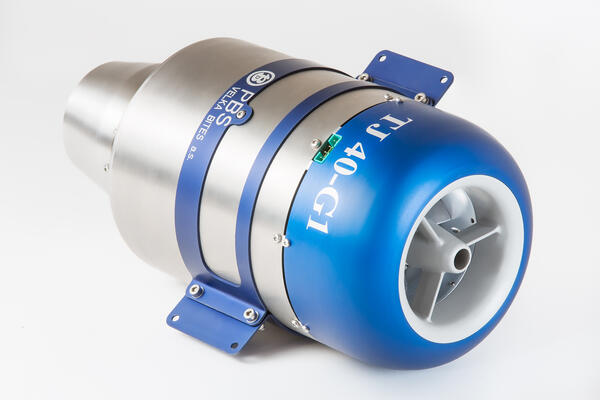Mini Jet Engine 200 Lbs Of Thrust Price

The burgeoning market for personal aviation and drone technology is witnessing a significant development with the increasing availability of compact jet engines. These miniature power plants, capable of producing considerable thrust, are becoming increasingly accessible to hobbyists, researchers, and small-scale manufacturers.
The growing interest in mini jet engines, particularly those offering around 200 lbs of thrust, raises questions about their capabilities, cost, and potential applications. While not yet mainstream, their potential impact on various sectors, from unmanned aerial vehicles (UAVs) to educational projects, warrants a closer look.
Availability and Pricing
Several companies worldwide are now manufacturing and selling these small-scale jet engines. Prices vary depending on the manufacturer, specifications, and included accessories. Generally, a mini jet engine producing approximately 200 lbs of thrust can range from $5,000 to $15,000 USD.
This price point positions them as a significant investment, more suitable for research institutions, specialized hobbyists, or commercial drone applications rather than casual consumers. Factors influencing the cost include the engine's build quality, materials used, integrated electronics, and any included warranty or support services.
Key Features and Specifications
The specifications of these engines are crucial for understanding their potential applications. Typically, a 200 lbs thrust mini jet engine weighs between 10 and 20 lbs, offering a favorable thrust-to-weight ratio. This makes them attractive for applications where power and portability are paramount.
Fuel consumption is another critical consideration. Most of these engines operate on kerosene or diesel fuel, consuming around 1 to 2 gallons per hour at full throttle. They also require an external power source for startup and control, adding to the overall system complexity.
Potential Applications
The versatility of these mini jet engines opens doors to various applications. They are increasingly being used in high-performance drones, allowing for greater payload capacity, extended flight times, and faster speeds compared to electric-powered drones. Research institutions are also employing them in experimental aircraft and propulsion studies.
Furthermore, these engines find use in educational settings, serving as valuable tools for engineering students to learn about jet engine principles and operation. Model aircraft enthusiasts are also experimenting with them, although safety concerns and regulatory restrictions remain a significant consideration.
Safety and Regulatory Considerations
The operation of jet engines, regardless of size, carries inherent risks. Extreme heat, high-speed rotating components, and the use of flammable fuels necessitate strict safety protocols. Manufacturers typically provide comprehensive operating manuals and recommend specialized training for users.
Regulatory oversight also plays a critical role. Depending on the country and the intended application, operating these engines may require permits or licenses. Aviation authorities are actively developing regulations to address the growing use of jet-powered drones and other small aircraft, emphasizing the need for responsible operation and compliance with established safety standards.
"The responsible use of these technologies is paramount," says Dr. Emily Carter, an aerospace engineer at MIT. "We must ensure that safety remains the top priority as these engines become more accessible."
Looking Ahead
The mini jet engine market is expected to continue to grow as technology advances and manufacturing costs decrease. Ongoing research and development efforts are focused on improving engine efficiency, reducing noise levels, and exploring alternative fuel options.
As these engines become more refined and affordable, their potential applications are likely to expand further. From transforming the drone industry to enabling new forms of personal transportation, the future of mini jet engine technology holds considerable promise, albeit with the need for careful management and regulatory oversight.

















